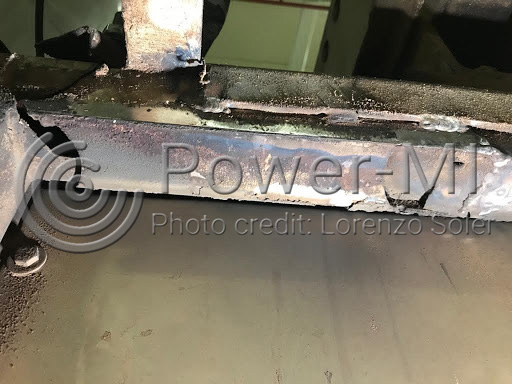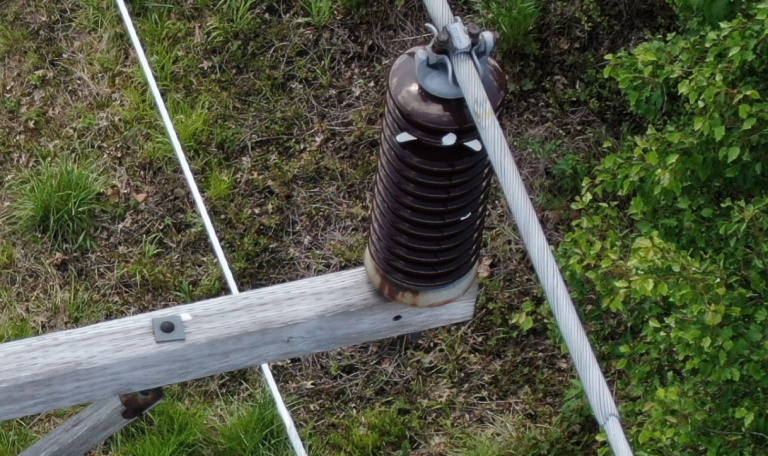Breakage is the total or partial breakdown of a solid body. For a body to be considered broken, there must be a partition of material, material out of its usual position, or visible slack due to internal cracks or irregularities.

Causes
The most common causes of breakage detectable by visual inspection are:
- Instant overstrain.
- Material fatigue.
- Corrosion.
- Irregularity of the material.
- High concentration of mechanical stresses.
- High vibration
Cases
Through visual inspections the most common cases of ruptures that are diagnosed are:
- Foundation and bases of machinery, structures, or electrical transformers.
- Internal rotating elements such as fan blades, pump blades, or gear teeth.
- Rotating or reciprocating machinery fastening bolts, covers, or structure anchors.
- Electrical power isolation.
- Facades.

Diagnosis
The detection of breaks in visual inspections is by direct observation or, if it is safe, by touching the broken part if it has not come off.
Points to consider:
- When there are one or more cracks but there is no detachment of material, no material out of position, or looseness of the material, it is not necessary to diagnose breakage but rather deterioration.
- If there is a missing element, part, or entire component, it should not be considered breakage.
- The fluids are not subject to breakage.
- Analysis of the type of break in the field is not part of a visual inspection. Photos can be taken and pieces or samples collected from the break for further root cause analysis.
